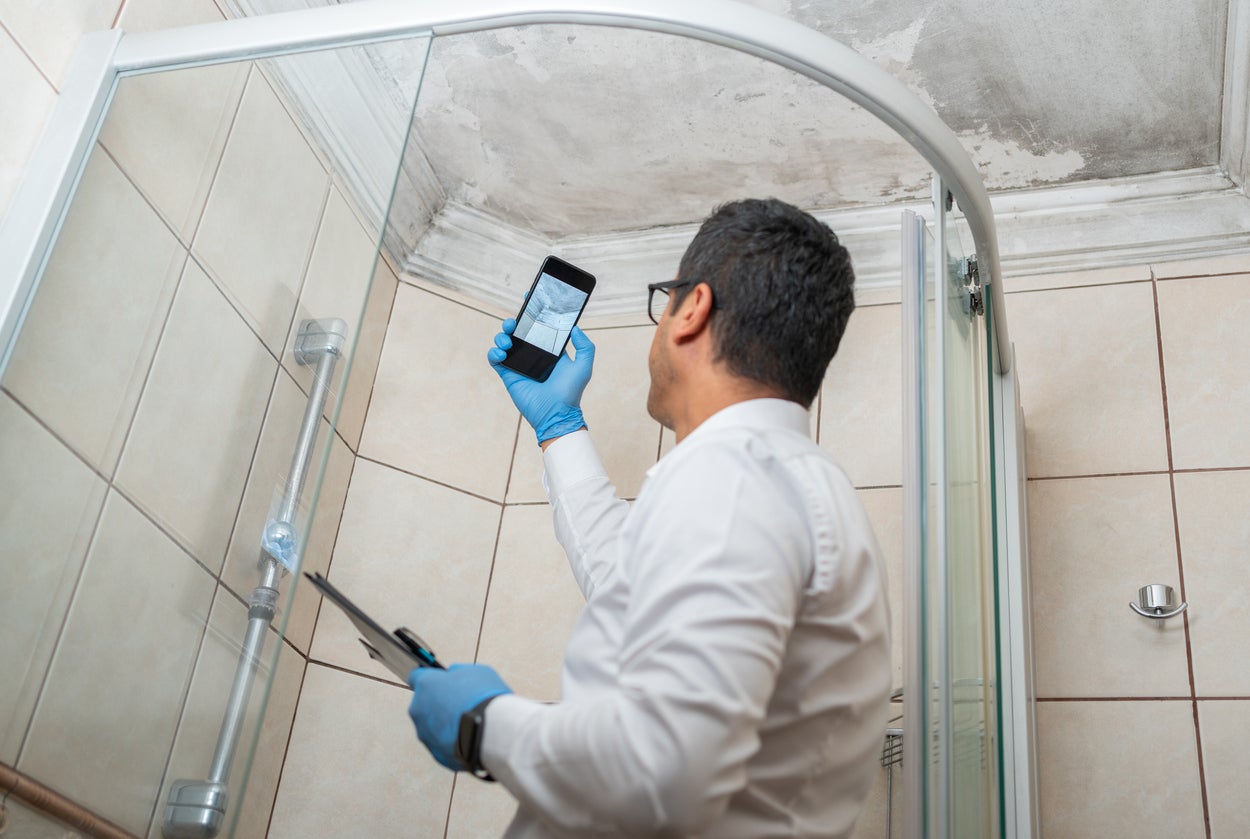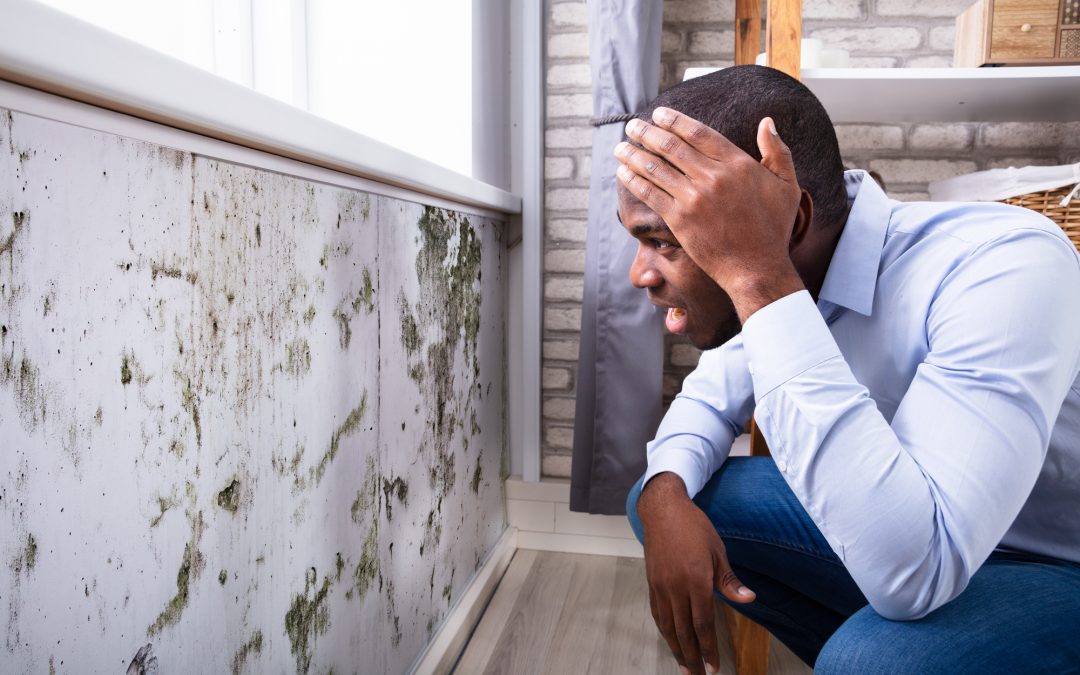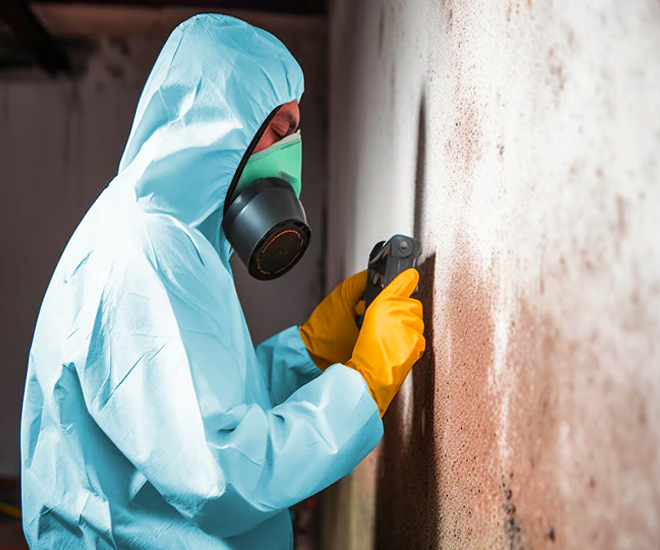After Mold Remediation Strategies for Clean Rooms
After Mold Remediation Strategies for Clean Rooms
Blog Article
Effective Article Mold And Mildew Removal Solutions for Your Home
Mold and mildew development in homes can be a persistent problem, often requiring a methodical strategy for effective post-remediation options. From comprehending the aspects that contribute to mold development to executing proper cleansing techniques and moisture control steps, the process can be complex yet important for keeping a healthy living environment. In addition, checking out all-natural remediation services and establishing a regular for ongoing upkeep are important parts of a comprehensive mold removal method. As home owners aim to resolve mold worries, locating one of the most efficient solutions ends up being paramount for the wellness of their families.
Understanding Mold Development Factors
Mold development is influenced by a selection of variables that are important to understand in order to effectively deal with and stop its proliferation. Recognizing these aspects is crucial in applying successful mold and mildew removal methods. The primary variable adding to mold and mildew growth is moisture. Mold spores require moisture to sprout and flourish, making wet or moist environments extremely at risk to mold and mildew infestations. Poor air flow can likewise result in moisture buildup, producing a suitable breeding place for mold.

Furthermore, airflow and light exposure can affect mold development. Areas that do not have appropriate air flow and natural light are a lot more prone to mold and mildew growth. By attending to these elements adequately, people can efficiently mitigate mold development and secure their living environments.
Appropriate Mold And Mildew Cleaning Techniques
Using effective cleaning techniques is crucial in dealing with and stopping the recurrence of mold contamination in interior settings. When taking care of mold and mildew, it is critical to focus on security by putting on protective equipment such as masks, handwear covers, and goggles. The primary step in appropriate mold and mildew cleansing is to contain the damaged area to avoid the spread of spores to unpolluted areas. This can be accomplished by securing off the space and making use of air scrubbers or adverse air equipments to keep air top quality.

Applying Wetness Control Actions
To efficiently avoid mold development and contamination in interior environments, carrying out dampness control procedures is paramount. Additionally, making certain proper air flow in locations vulnerable to moisture build-up, such as kitchens and washrooms, can help lower the danger of mold and mildew development. By carefully implementing these moisture control procedures, property owners can properly decrease the probability this contact form of mold recontamination and preserve a healthy and balanced indoor environment.
Using All-natural Removal Solutions
After successfully carrying out moisture control actions to prevent mold and mildew development in indoor settings, homeowners can now check out the effectiveness of all-natural remediation options in keeping a healthy and balanced living room. All-natural removal services make use of ecologically friendly approaches to deal with mold and mildew and mildew, making them a preferred choice for those looking for non-toxic alternatives. One such solution is using vinegar, an all-natural antimicrobial representative, to disinfect and clean surface areas infected by mold. Just dilute vinegar with water and spray it onto the impacted areas, allowing it to rest for a few hours prior to wiping tidy. Furthermore, tea tree oil, understood for its antifungal residential properties, can be blended with water and sprayed onto mold-infested surface areas to prevent additional growth. One more natural option is hydrogen peroxide, which can efficiently kill mold and mildew on different surfaces without leaving dangerous deposits behind. By incorporating these natural removal remedies into their cleaning routines, property owners can efficiently combat mold growth while advertising a much healthier interior atmosphere on their own and their family members.

Keeping a Mold-Free Environment
In order to avoid mold recurrence and ensure a continually mold-free setting, it is essential for homeowners to implement aggressive upkeep practices. Regularly checking areas prone to mold and mildew development, such as shower rooms, cooking areas, attics, and basements, is crucial. Addressing any informative post kind of leakages, water damage, or excess moisture promptly can substantially reduce the risk of mold and mildew advancement. Post Mold Remediation Report. Correct air flow in areas with high moisture levels is also essential to preventing mold development. Making use of dehumidifiers or exhaust followers can help keep optimum wetness degrees and dissuade mold spores from growing.
Additionally, preserving sanitation in the home is crucial for mold and mildew prevention. Keeping interior plants in check and making sure proper water drainage in outdoor landscaping can decrease dampness build-up, minimizing the probability of mold infestations.
Conclusion
Finally, it is necessary to address mold development elements, utilize proper cleaning methods, execute wetness control measures, utilize all-natural removal options, and keep a mold-free environment in order to efficiently manage message mold removal in your house - Post Mold Remediation. By following these approaches, you can prevent mold from persisting and make certain a healthy living atmosphere for you and your household
The main element adding to mold growth is moisture. Mold spores call for wetness to sprout and prosper, making moist or humid settings highly susceptible to mold problems.To properly protect against mold and mildew development and contamination in interior settings, executing dampness control steps is extremely important. In addition, ensuring correct ventilation in areas vulnerable to moisture buildup, such as kitchens and restrooms, can assist reduce the risk of mold and mildew growth.After successfully applying moisture control steps to avoid mold development in indoor atmospheres, property owners can now check out the efficiency of all-natural remediation services in preserving a healthy and balanced living area.
Report this page